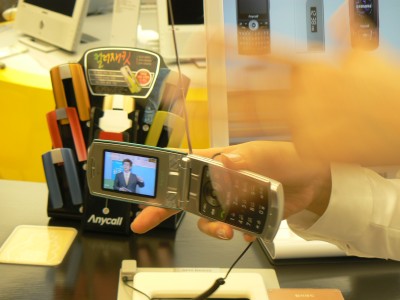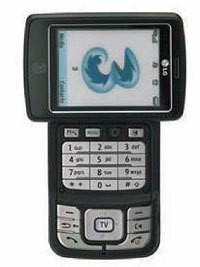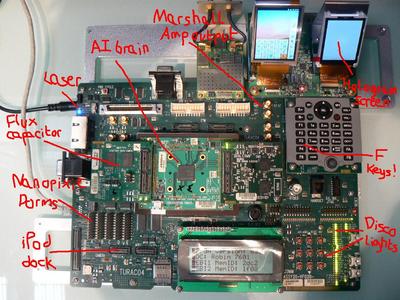Tag: Qualcomm
Last chance to take the TD/Qualcomm survey and win yourself a smartphone
Last chance to enter. Survey closes tonight
The Rise of the Smartbook
You’ll be hearing a lot about Smartbooks in the weeks and months to come, they’re basically netbooks but operating on mobile OSs, as opposed to stuffy old computer ones.
Today at a Qualcomm Technologies press conference to announce the release of its new SnapDragon chipset, an Asus Eee PC was spotted running Google’s Android OS.
The shtick with Smarbooks is the idea that, because mobile OSs are designed to run on the teeny weenie processors found in smartphones, putting them on the larger Atom processors found in netbooks will boost their performance at key tasks such as web-browsing, text editing and VoIP.
Granted, mobile OSs aren’t designed for the netbook’s form factor, and concurrently things seem distinctly underwhelming from a UI perspective.
Which leads me to believe that maybe there’s a middle ground between the mobile OS and desktop OS that’s necessary for the Smartbook. A new, ultra-portable, but not over-simplified OS, that hits web browsing, email, media and text editing and not much else.
Xmas list 2010
1) Smartbook
Mark my words.
(Via TweakTown)
Qualcomm announces 1.3GHz Snapdragon chipset
Qualcomm has given the tech world another kick up the bum today with the launch of the 45nm processor Snapdragon platform. The chipset carries a 1.3GHz CPU and is heralded as the number-crunching power required to step smartphones up to what the company calls “smartbooks” – larger, always connected, internet and media devices.
The Toshiba TG01 is at the moment the only handset to have embraced the last 1GHz Snapdragon chipset and this latest version, the QSD8650A, is set to support integrated GPS, HD video viewing and recording, Bluetooth 2.1, 3G, Wi-Fi, hi-res WXGA displays and mobile TV technologies all while using just 10 milliwatts of standby power – 30% less than before.
Qualcomm is showcasing the platform at Computex this week and hopefully in a device near you some day very soon.
Interview: Qualcomm CEO says 3G iPhone will raise the bar for mobiles
Ashley Norris writes…
The last time I met Qualcomm’s CEO Paul Jacobs (pictured) in London three years ago he was enthusing about his nascent mobile TV technology MediaFLO. I remember being quite cynical at the time telling him that I thought the Nokia backed DVB-H mobile TV format was a shoe-in for the UK and indeed most of Europe and that he should concentrate on the US.
Well there’s still no sign of any commitment to launch DVB-H in the UK, however MediaFLO is a step closer given that Qualcomm has just spent £8 million on buying some L-band radio spectrum. The official line is that it is to be used testing MediaFLO, but given the close relationship with Sky – the two company’s trialled MediaFLO in Manchester last year – there’s plenty of gossip that a UK launch of MediaFLO isn’t too far away…
Korea/Japan Week: The problem with DMB mobile digital TV…

Us Westerners know that South Korea is ahead of us in terms of mobile technology, but we often assume that everything that’s launched there is successful, simply because it’s innovative. It appears that’s not always the case though, with DMB a prime example.
It’s digital mobile TV, comparable to having a Freeview or Sky receiver in your mobile phone in the UK, rather than watching streaming TV over your 3G connection. S-DMB (satellite) and T-DMB (terrestrial) have been available in Korea since 2005, but both have encountered problems which are less to do with the technology, and more to do with how they actually make money.
EU endorses DVB-H mobile TV format… but its decision is already causing ructions
 Most UK mobile operators offer some form of streaming mobile TV over their 3G networks, and while the quality has improved, it’s still not exactly tip-top. Proper digital broadcasts would seem to be the answer, but there’s a cluster of competing formats, which each have different cheerleaders in different countries. It’s a bit of a mess.
Most UK mobile operators offer some form of streaming mobile TV over their 3G networks, and while the quality has improved, it’s still not exactly tip-top. Proper digital broadcasts would seem to be the answer, but there’s a cluster of competing formats, which each have different cheerleaders in different countries. It’s a bit of a mess.















